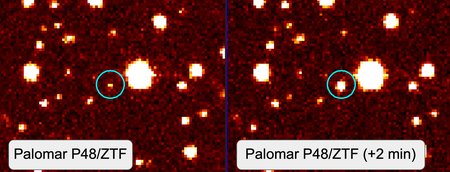2025-06-10 米国国立再生可能エネルギー研究所 (NREL)
<関連情報>
- https://www.nrel.gov/news/detail/program/2025/artificial-intelligence-models-improve-efficiency-of-battery-diagnostics
- https://www.sciencedirect.com/science/article/abs/pii/S2352152X24026896
パラメータ推論のためのリチウムイオン電池モデルのPINNサロゲート、パートI:単一粒子モデルの実装とマルチフィデリティ階層 PINN surrogate of Li-ion battery models for parameter inference, Part I: Implementation and multi-fidelity hierarchies for the single-particle model
Malik Hassanaly, Peter J. Weddle, Ryan N. King, Subhayan De, Alireza Doostan, Corey R. Randall, Eric J. Dufek, Andrew M. Colclasure, Kandler Smith
Journal of Energy Storage Available online: 30 July 2024
DOI:https://doi.org/10.1016/j.est.2024.113103
Highlights
- A method for inverse parameter inference using a PINN surrogate model is introduced.
- Zero-data limit training for the single particle model (SPM) is demonstrated.
- A multi-fidelity hierarchical training method is shown to improve the PINN accuracy.
- Evaluated traditional training regularizations in the zero-data limit.
- The codebase is made openly available in a companion repository.
Abstract
To plan and optimize energy storage demands that account for Li-ion battery aging dynamics, techniques need to be developed to diagnose battery internal states accurately and rapidly. This study seeks to reduce the computational resources needed to determine a battery’s internal states by replacing physics-based Li-ion battery models – such as the single-particle model (SPM) and the pseudo-2D (P2D) model – with a physics-informed neural network (PINN) surrogate. The surrogate model makes high-throughput techniques, such as Bayesian calibration, tractable to determine battery internal parameters from voltage responses. This manuscript is the first of a two-part series that introduces PINN surrogates of Li-ion battery models for parameter inference (i.e., state-of-health diagnostics). In this first part, a method is presented for constructing a PINN surrogate of the SPM. A multi-fidelity hierarchical training, where several neural nets are trained with multiple physics-loss fidelities is shown to significantly improve the surrogate accuracy when only training on the governing equation residuals. The implementation is made available in a companion repository (https://github.com/NREL/PINNSTRIPES). The techniques used to develop a PINN surrogate of the SPM are extended in Part II (Hassanaly et al., 2024) for the PINN surrogate for the P2D battery model, and explore the Bayesian calibration capabilities of both surrogates.




